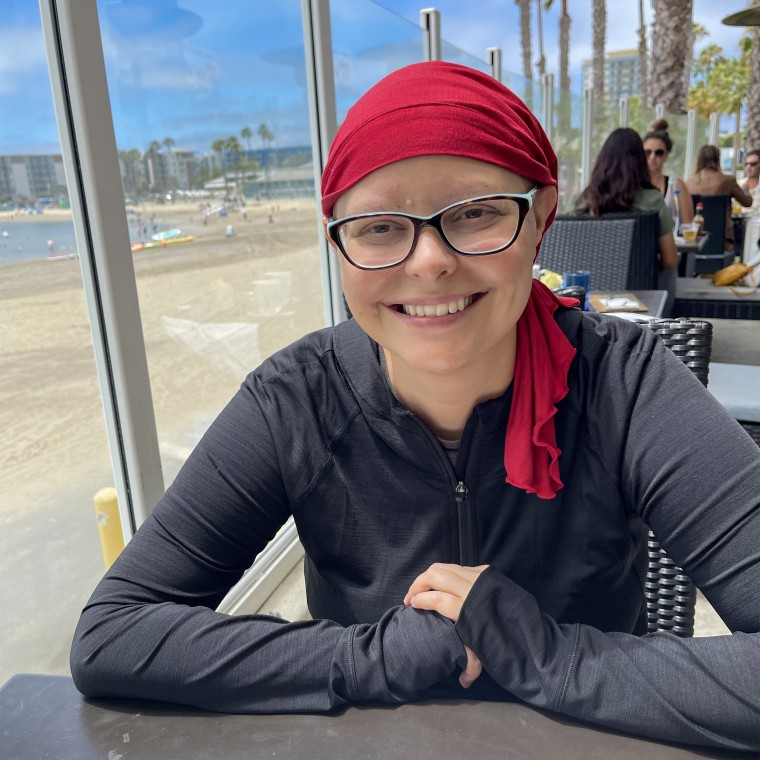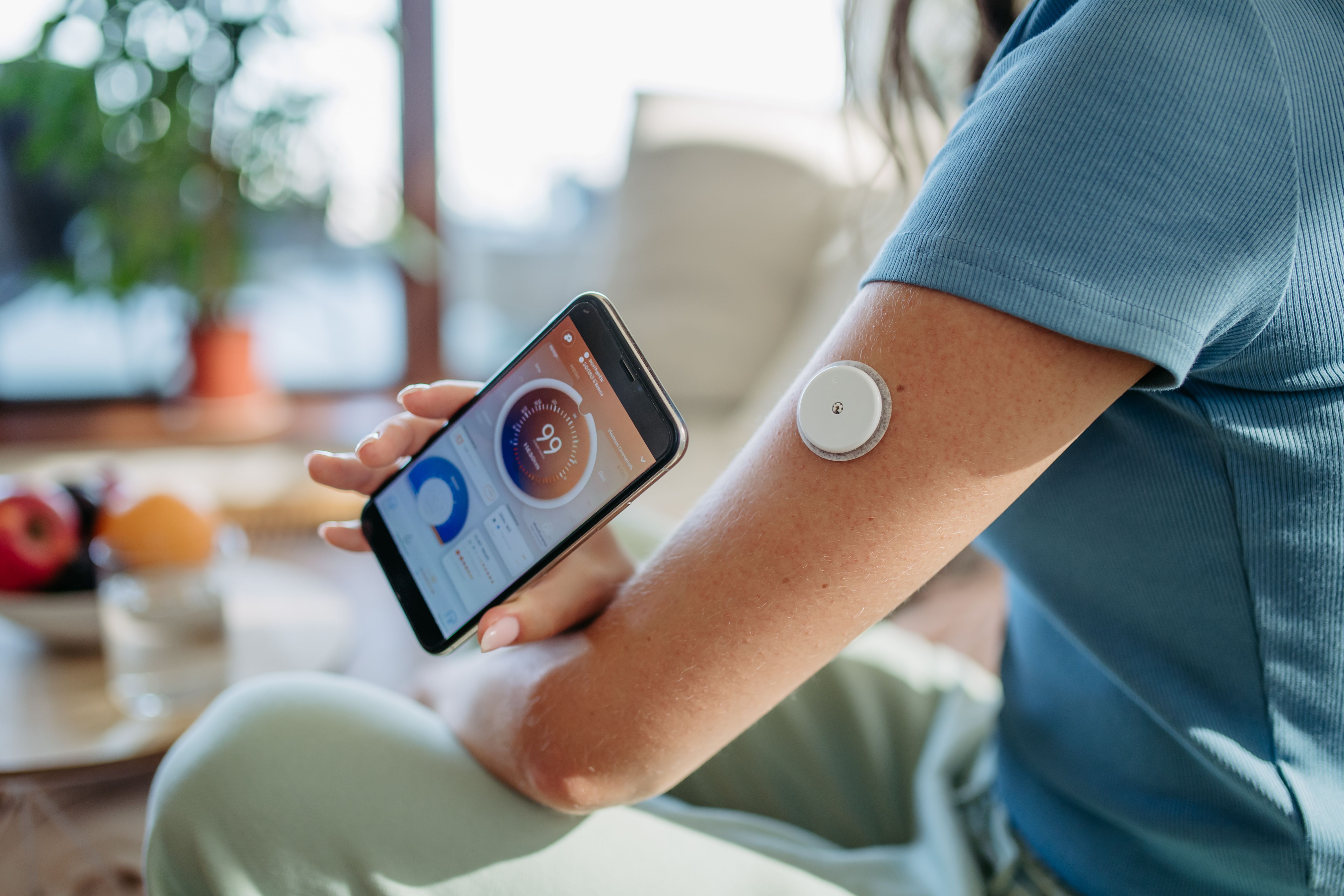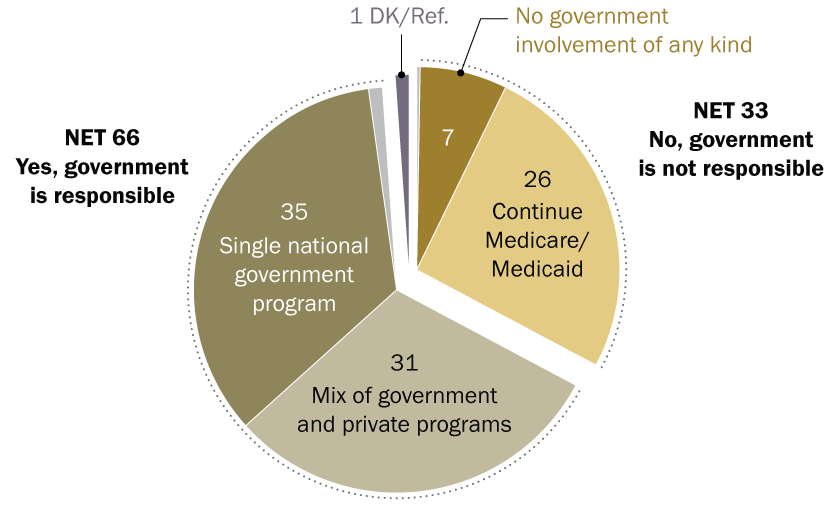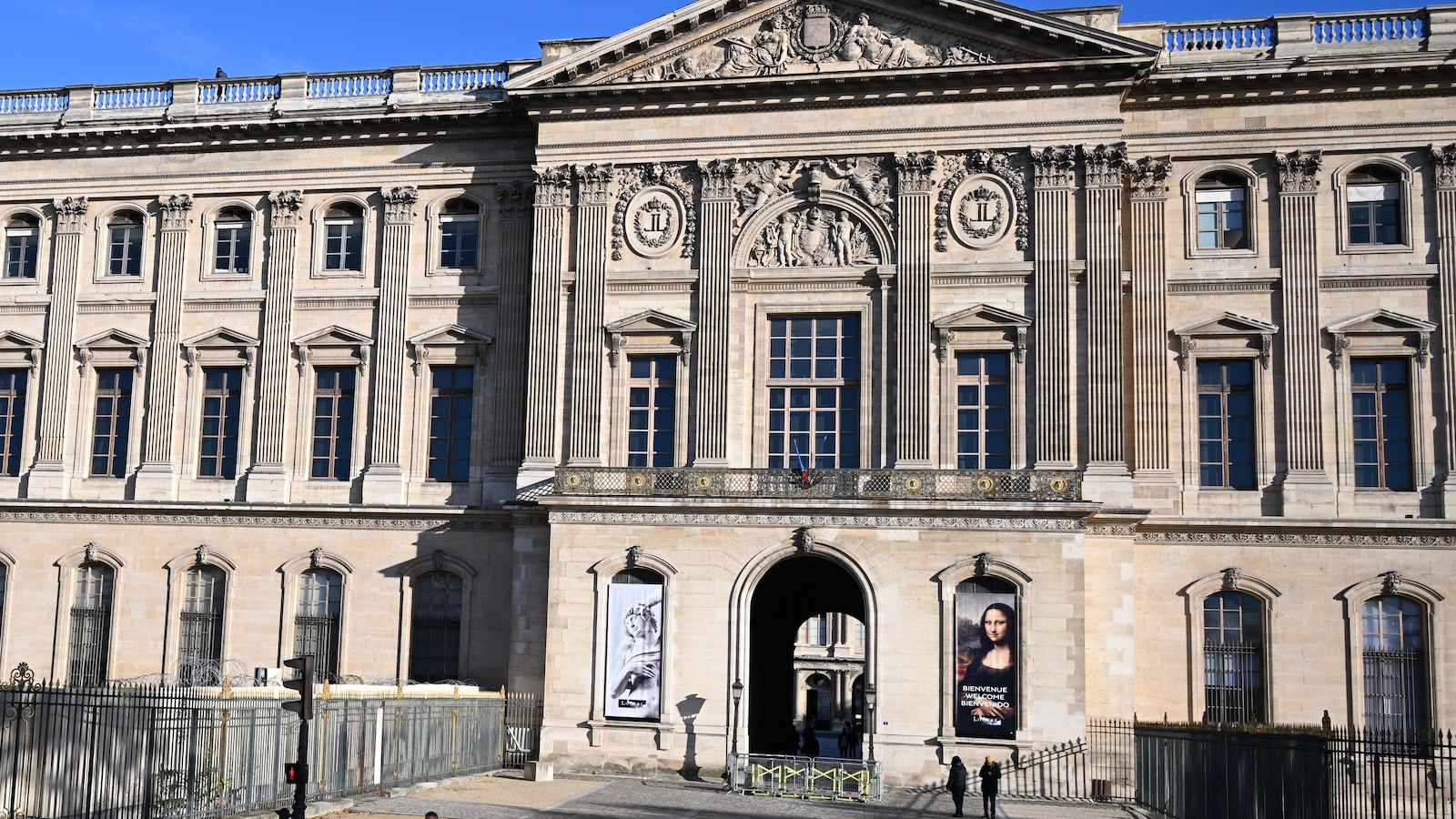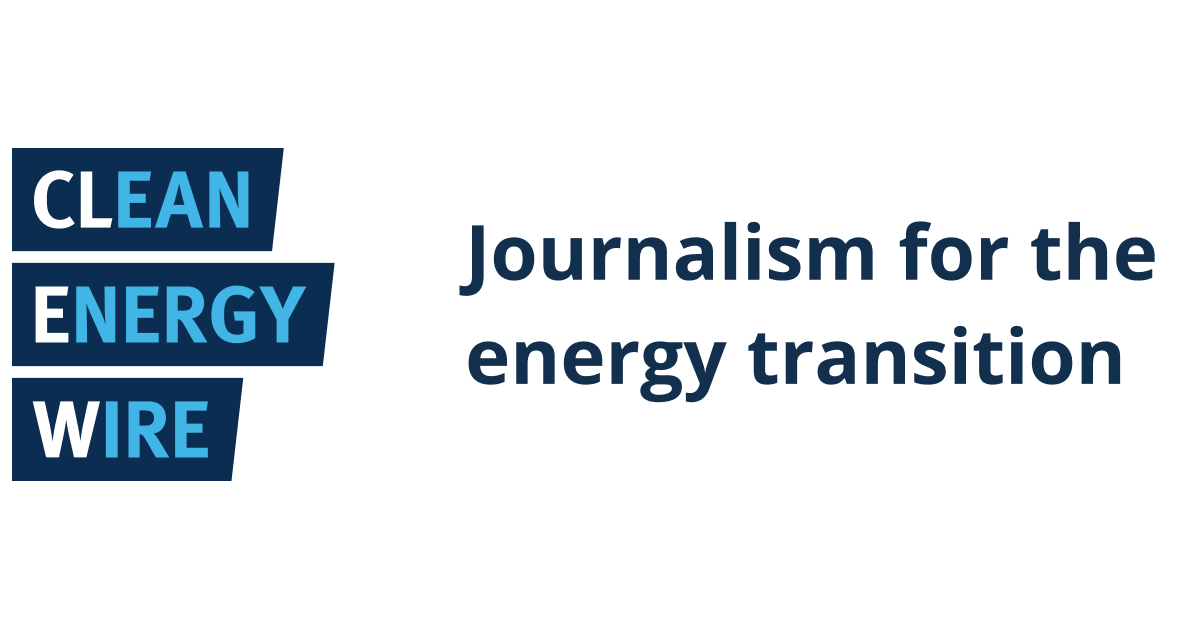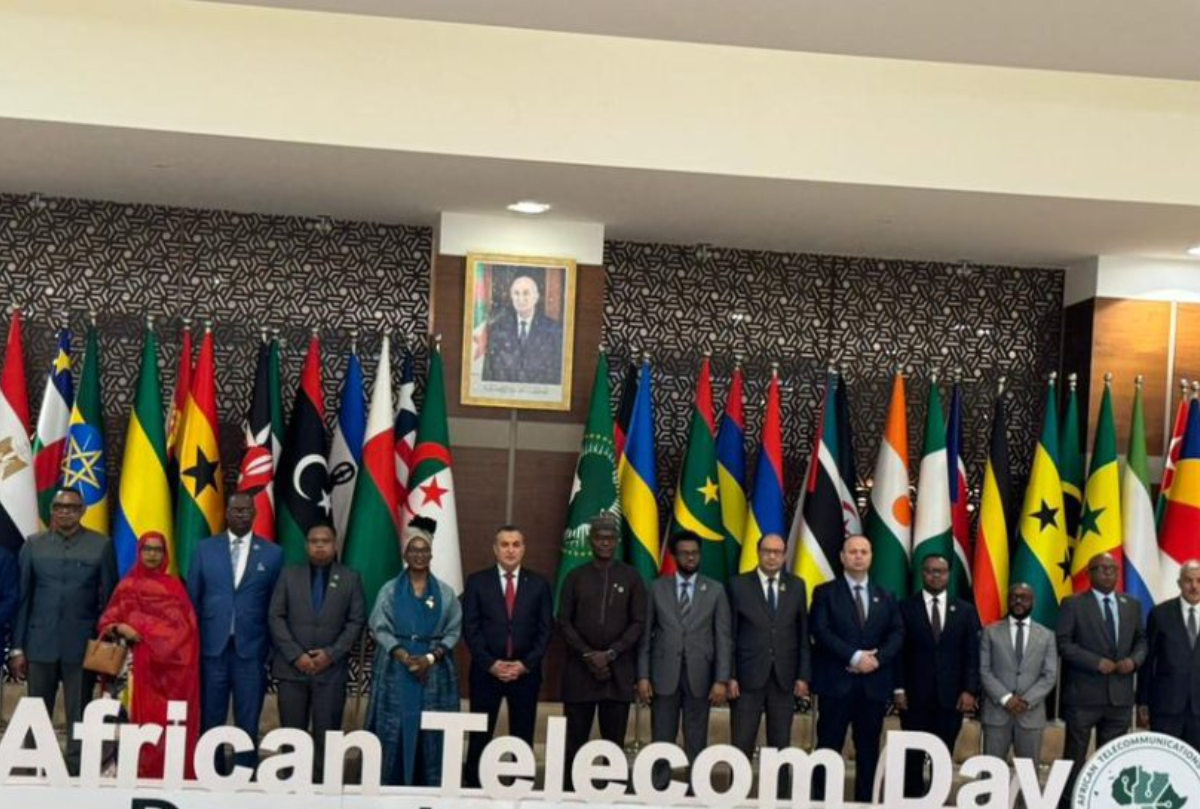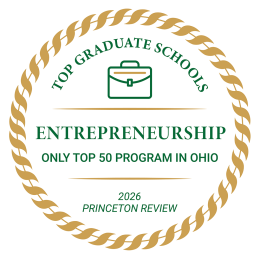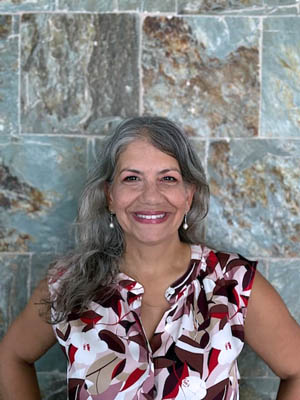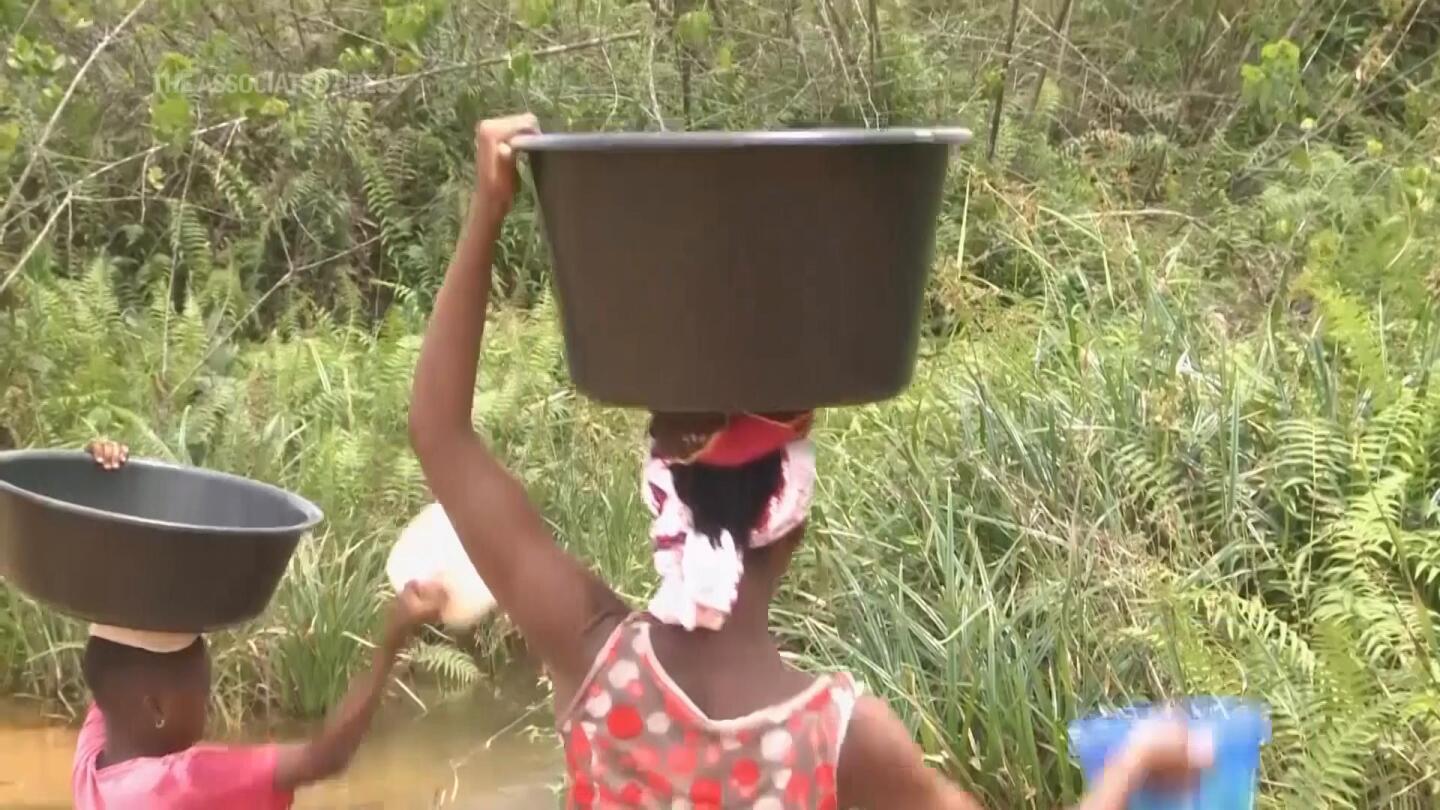Nauru secures $651M socio-economic development project with Chinese company – Marianas Variety
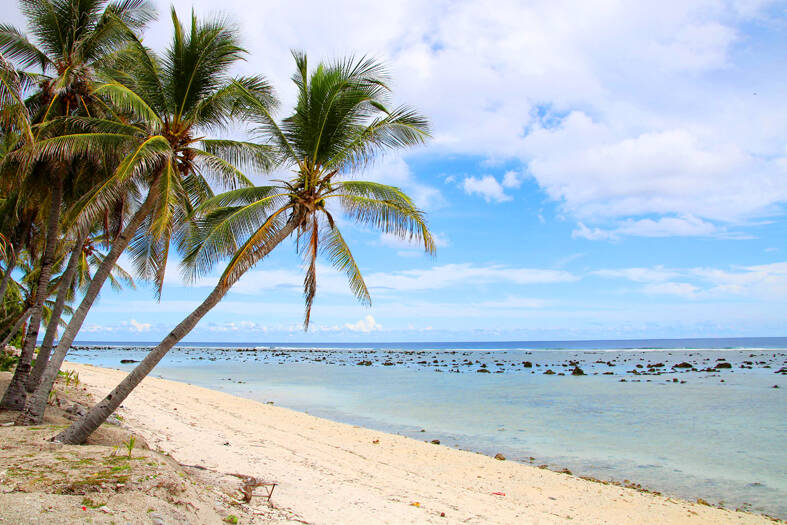
Report on Nauru-China Development Partnership and Sustainable Development Goals
Executive Summary
On August 5, the Republic of Nauru, represented by Minister for Foreign Affairs Lionel Aingimea, and the China Rural Revitalization and Development Corporation (CRRDC), represented by Chairman Zhang Yong, formalized a Phase 1 investment project proposal. The agreement, valued at approximately $651 million, is designed to stimulate Nauru’s socio-economic development through a cross-sectoral approach that strongly aligns with the United Nations Sustainable Development Goals (SDGs). The partnership aims to diversify economic opportunities and enhance national resilience.
Project Overview and Phased Implementation
The initiative is the first of a three-phase strategic plan. Phase 1 focuses on foundational investments across multiple sectors critical to sustainable development. The implementation is intended to create a comprehensive framework for long-term growth and resilience.
Alignment with Sustainable Development Goals (SDGs)
The project’s multi-sectoral strategy directly addresses numerous SDGs, positioning sustainable development at the core of Nauru’s national objectives.
- Economic Growth and Infrastructure (SDG 8, SDG 9): The revitalization of the phosphate industry and development of marine and sea infrastructure are set to promote sustained, inclusive, and sustainable economic growth, full and productive employment, and decent work for all (SDG 8), while building resilient infrastructure and fostering innovation (SDG 9).
- Energy, Climate, and Environment (SDG 7, SDG 13, SDG 14, SDG 15):
- Investment in renewable energy and green transport systems directly supports the transition to affordable and clean energy (SDG 7) and contributes to climate action (SDG 13).
- The focus on marine fisheries, water resource management, and environmental systems aims to conserve and sustainably use the oceans, seas, and marine resources (SDG 14) and protect terrestrial ecosystems (SDG 15).
- Food and Water Security (SDG 2, SDG 6): The establishment of modern agriculture systems is targeted at ending hunger and achieving food security (SDG 2). Concurrently, improvements to water resource systems will advance the availability of clean water and sanitation (SDG 6).
- Social Development and Sustainable Communities (SDG 3, SDG 11, SDG 12):
- The development of health platforms will contribute to ensuring healthy lives and promoting well-being (SDG 3).
- Eco-tourism initiatives and green transport will help make communities more inclusive, safe, resilient, and sustainable (SDG 11) while promoting responsible consumption and production patterns (SDG 12).
- Global Partnerships (SDG 17): This agreement exemplifies a strengthened global partnership for sustainable development, leveraging international cooperation to achieve national development goals.
Anticipated Outcomes and Next Steps
The successful implementation of Phase 1 is expected to yield significant benefits aligned with the SDGs.
- Enhanced Economic Opportunities: An increase in employment and trade prospects, directly contributing to SDG 8 (Decent Work and Economic Growth).
- Increased National Resilience: Diversification of the economy and infrastructure improvements will build resilience against economic and environmental shocks, supporting SDG 9 and SDG 13.
- Strengthened Bilateral Relations: The project will deepen people-to-people cultural exchanges and institutional partnerships, reinforcing SDG 17.
The immediate next step involves the arrival of a CRRDC scoping team in Nauru in October. This team will collaborate with local ministries and stakeholders to develop a detailed implementation roadmap, ensuring the project’s objectives are successfully integrated with Nauru’s national development strategy.
Analysis of Sustainable Development Goals in the Article
1. Which SDGs are addressed or connected to the issues highlighted in the article?
-
SDG 2: Zero Hunger
- The article mentions the development of “modern agriculture systems,” which directly relates to improving food production and ensuring food security.
-
SDG 3: Good Health and Well-being
- The project proposal includes the development of “health and cultural exchange platforms,” aiming to improve the health sector in Nauru.
-
SDG 6: Clean Water and Sanitation
- The investment plan focuses on developing a “water resource and environmental system,” which is central to ensuring the availability and sustainable management of water.
-
SDG 7: Affordable and Clean Energy
- A key component of the project is the development of “renewable energy,” directly addressing the goal of increasing the share of clean energy.
-
SDG 8: Decent Work and Economic Growth
- The article highlights the project’s aim for “economic injection for Nauru’s socio-economic development,” diversification into “eco-tourism,” and an “increase in employment opportunities,” all of which are core to SDG 8.
-
SDG 9: Industry, Innovation and Infrastructure
- The development of the “phosphate industry, marine fisheries and sea infrastructure,” and a “green transport system” points to building resilient infrastructure and promoting sustainable industrialization.
-
SDG 11: Sustainable Cities and Communities
- The plan to create a “green transport system” contributes to making transport systems more sustainable and accessible.
-
SDG 14: Life Below Water
- The focus on “marine fisheries and sea infrastructure” relates to the sustainable use of marine resources for economic benefit.
-
SDG 17: Partnerships for the Goals
- The entire article is about a partnership between the Government of Nauru and the China Rural Revitalization and Development Corporation (CRRDC), exemplified by the signed investment project proposal.
2. What specific targets under those SDGs can be identified based on the article’s content?
-
Target 2.4: By 2030, ensure sustainable food production systems and implement resilient agricultural practices.
- The plan to develop “modern agriculture systems” directly supports this target by aiming to improve agricultural productivity and resilience.
-
Target 7.2: By 2030, increase substantially the share of renewable energy in the global energy mix.
- The project’s focus on “renewable energy” is a direct effort to increase its share in Nauru’s energy system.
-
Target 8.2: Achieve higher levels of economic productivity through diversification, technological upgrading and innovation.
- The project aims to diversify Nauru’s economy by developing key sectors like “renewable energy, the phosphate industry, marine fisheries… eco-tourism.”
-
Target 8.5: By 2030, achieve full and productive employment and decent work for all.
- The article explicitly states that the project anticipates an “increase in employment opportunities.”
-
Target 9.1: Develop quality, reliable, sustainable and resilient infrastructure.
- The investment in “sea infrastructure” and a “green transport system” is a clear move towards developing sustainable infrastructure.
-
Target 14.7: By 2030, increase the economic benefits to Small Island Developing States and least developed countries from the sustainable use of marine resources.
- Developing “marine fisheries” is intended to increase economic benefits for Nauru, a Small Island Developing State.
-
Target 17.3: Mobilize additional financial resources for developing countries from multiple sources.
- The article details a “$651 million” investment project proposal from a Chinese corporation, which represents a significant mobilization of financial resources for Nauru.
3. Are there any indicators mentioned or implied in the article that can be used to measure progress towards the identified targets?
- Indicator for Target 8.5: The “increase in employment opportunities” is an implied indicator. Progress can be measured by tracking the number of new jobs created or the change in the national unemployment rate.
- Indicator for Target 9.1: The development of infrastructure in sectors like “sea infrastructure” and “green transport system” is an indicator. Progress can be measured by the total investment in these infrastructure projects.
- Indicator for Target 17.3: The article explicitly mentions a “phase 1 investment project proposal valued at approximately $651 million.” This amount is a direct indicator of financial resources mobilized for development (Indicator 17.3.1: Additional financial resources mobilized for developing countries).
- Indicator for Target 7.2: The development of “renewable energy” implies an increase in its use. Progress can be measured by the share of renewable energy in Nauru’s total final energy consumption.
- Indicator for Target 8.2: The diversification into multiple sectors (“phosphate industry, marine fisheries, eco-tourism”) is an indicator. Progress could be measured by the change in GDP contribution from these new or revitalized sectors.
4. Table of SDGs, Targets, and Indicators
| SDGs | Targets | Indicators Identified in the Article |
|---|---|---|
| SDG 2: Zero Hunger | 2.4: Ensure sustainable food production systems. | Development of “modern agriculture systems.” |
| SDG 3: Good Health and Well-being | 3.d: Strengthen the capacity of all countries for early warning, risk reduction and management of national and global health risks. | Establishment of “health and cultural exchange platforms.” |
| SDG 6: Clean Water and Sanitation | 6.1: Achieve universal and equitable access to safe and affordable drinking water for all. | Development of a “water resource and environmental system.” |
| SDG 7: Affordable and Clean Energy | 7.2: Increase substantially the share of renewable energy in the global energy mix. | Development of “renewable energy” infrastructure (Implied: Increase in renewable energy share). |
| SDG 8: Decent Work and Economic Growth | 8.2: Achieve higher levels of economic productivity through diversification. 8.5: Achieve full and productive employment. |
Diversification into sectors like “eco-tourism” and “marine fisheries.” Anticipated “increase in employment opportunities.” |
| SDG 9: Industry, Innovation and Infrastructure | 9.1: Develop quality, reliable, sustainable and resilient infrastructure. | Investment in “sea infrastructure” and a “green transport system.” |
| SDG 11: Sustainable Cities and Communities | 11.2: Provide access to safe, affordable, accessible and sustainable transport systems for all. | Creation of a “green transport system.” |
| SDG 14: Life Below Water | 14.7: Increase the economic benefits to Small Island Developing States from the sustainable use of marine resources. | Development of “marine fisheries.” |
| SDG 17: Partnerships for the Goals | 17.3: Mobilize additional financial resources for developing countries from multiple sources. | A “$651 million” investment project proposal from a foreign corporation. |
Source: mvariety.com

What is Your Reaction?
 Like
0
Like
0
 Dislike
0
Dislike
0
 Love
0
Love
0
 Funny
0
Funny
0
 Angry
0
Angry
0
 Sad
0
Sad
0
 Wow
0
Wow
0


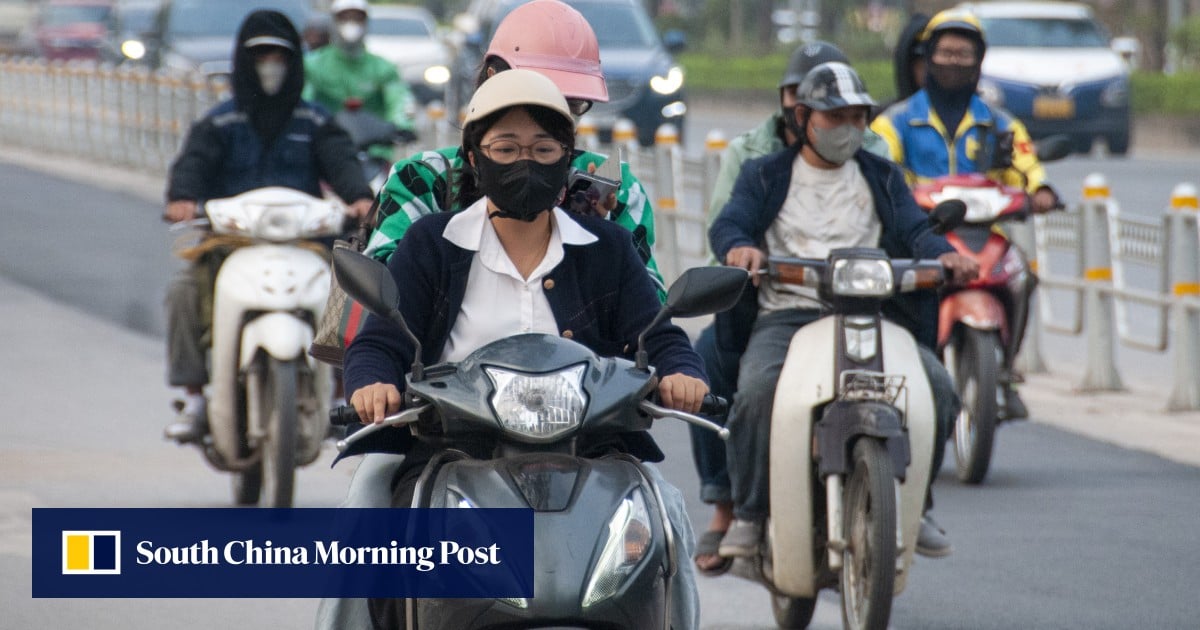




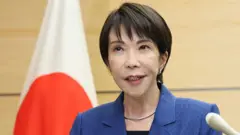

















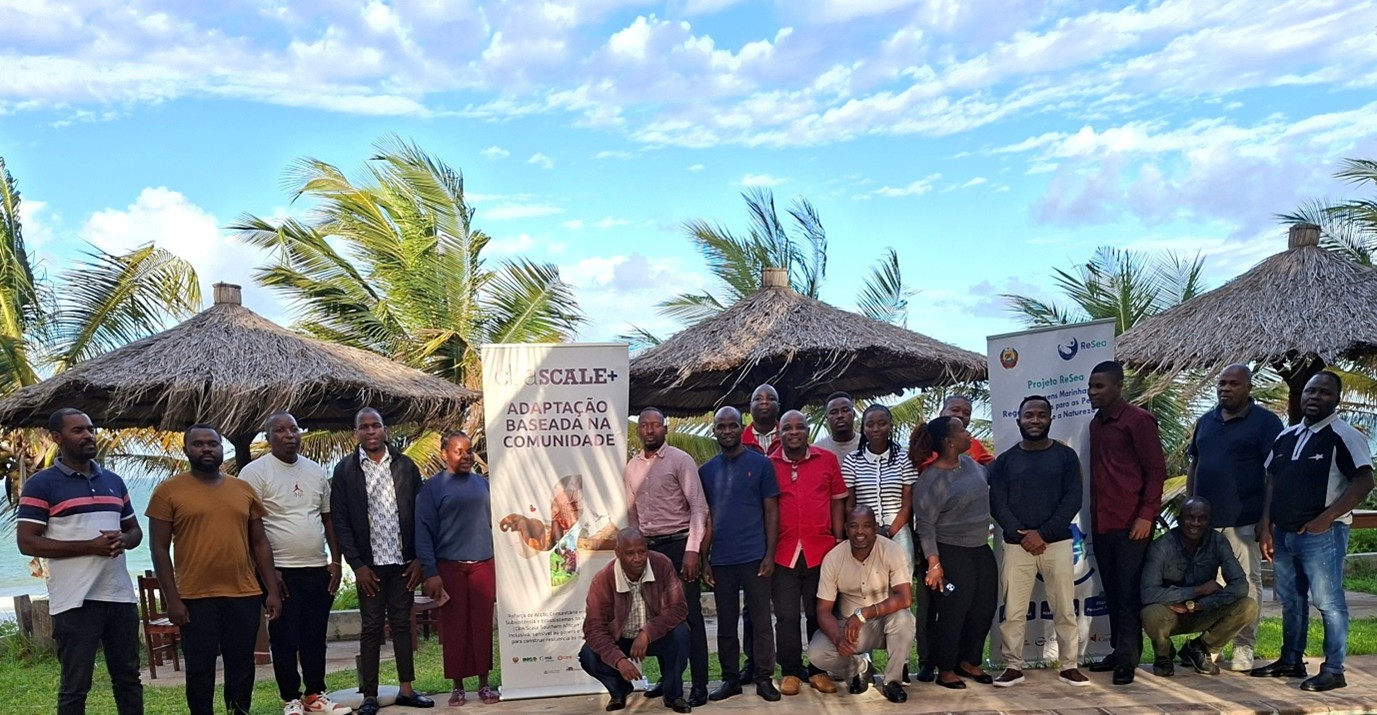








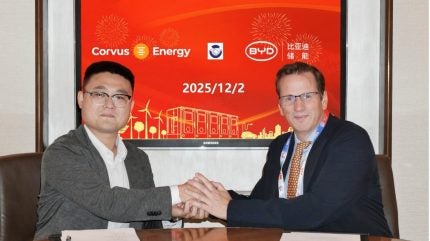
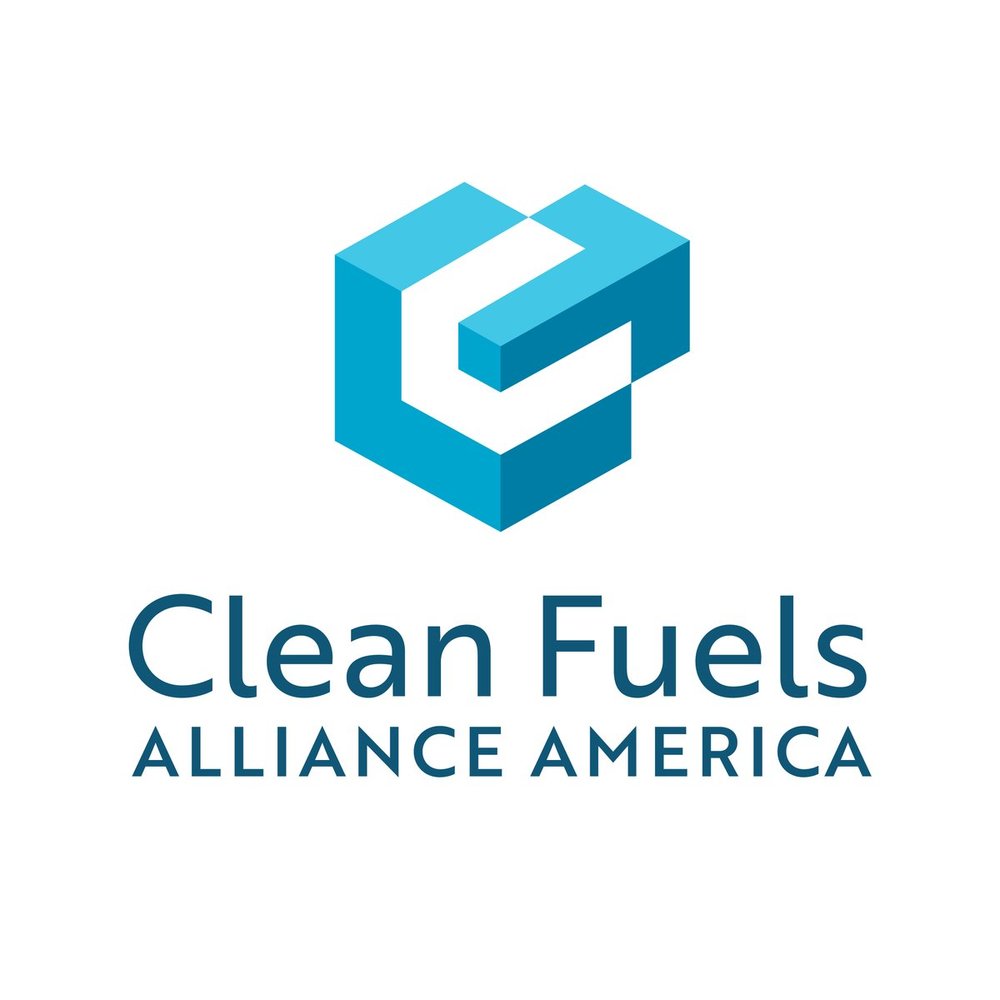
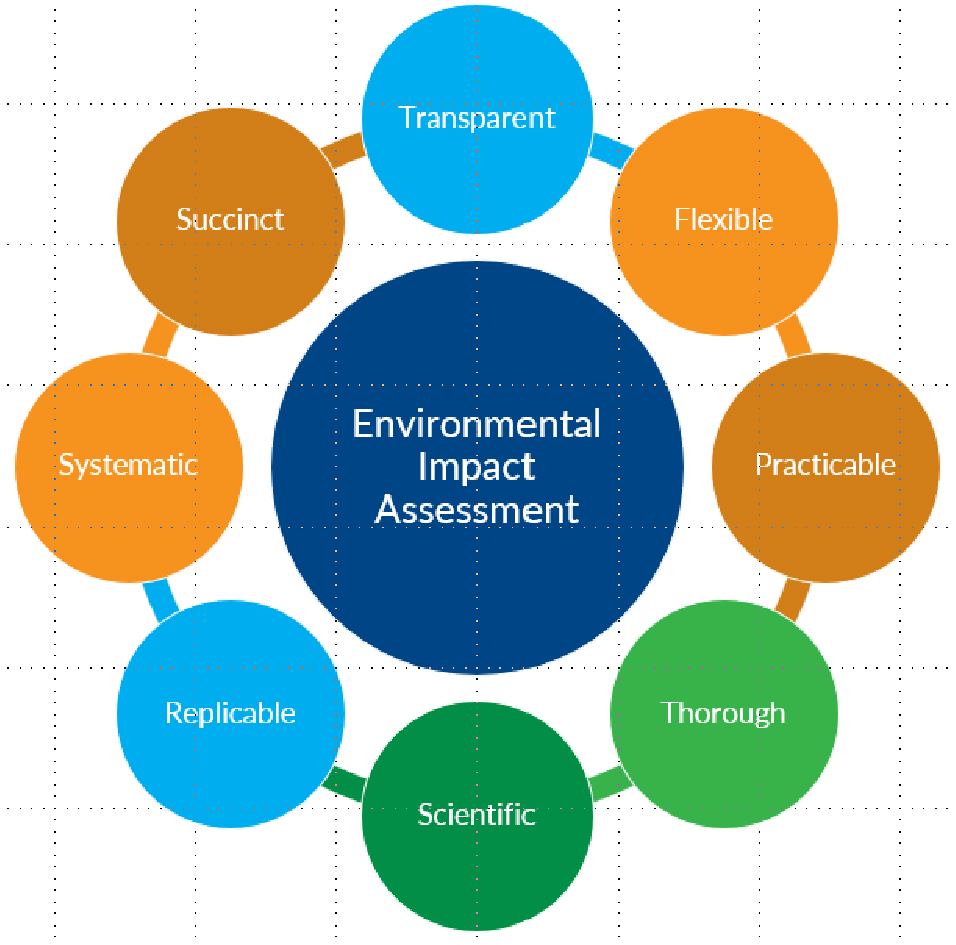


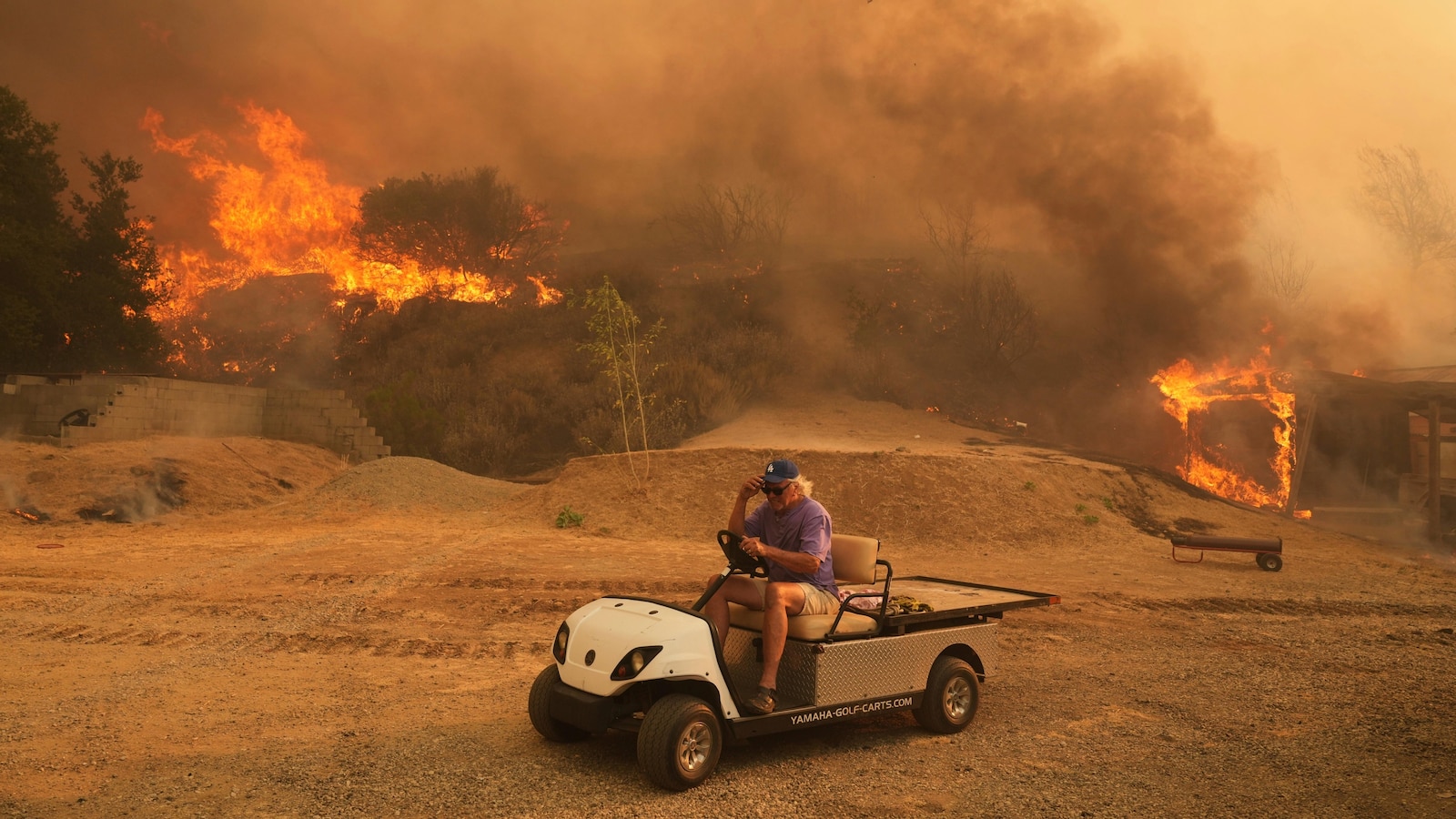


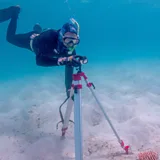
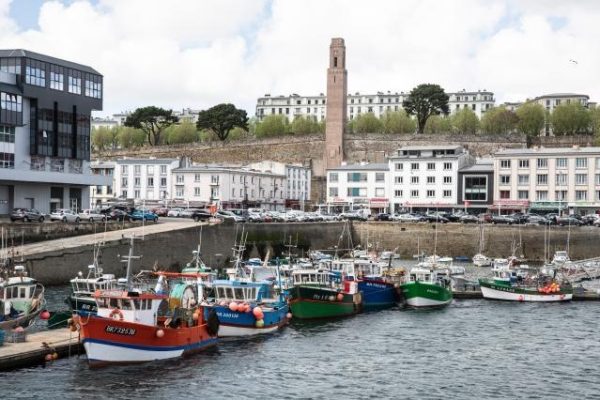
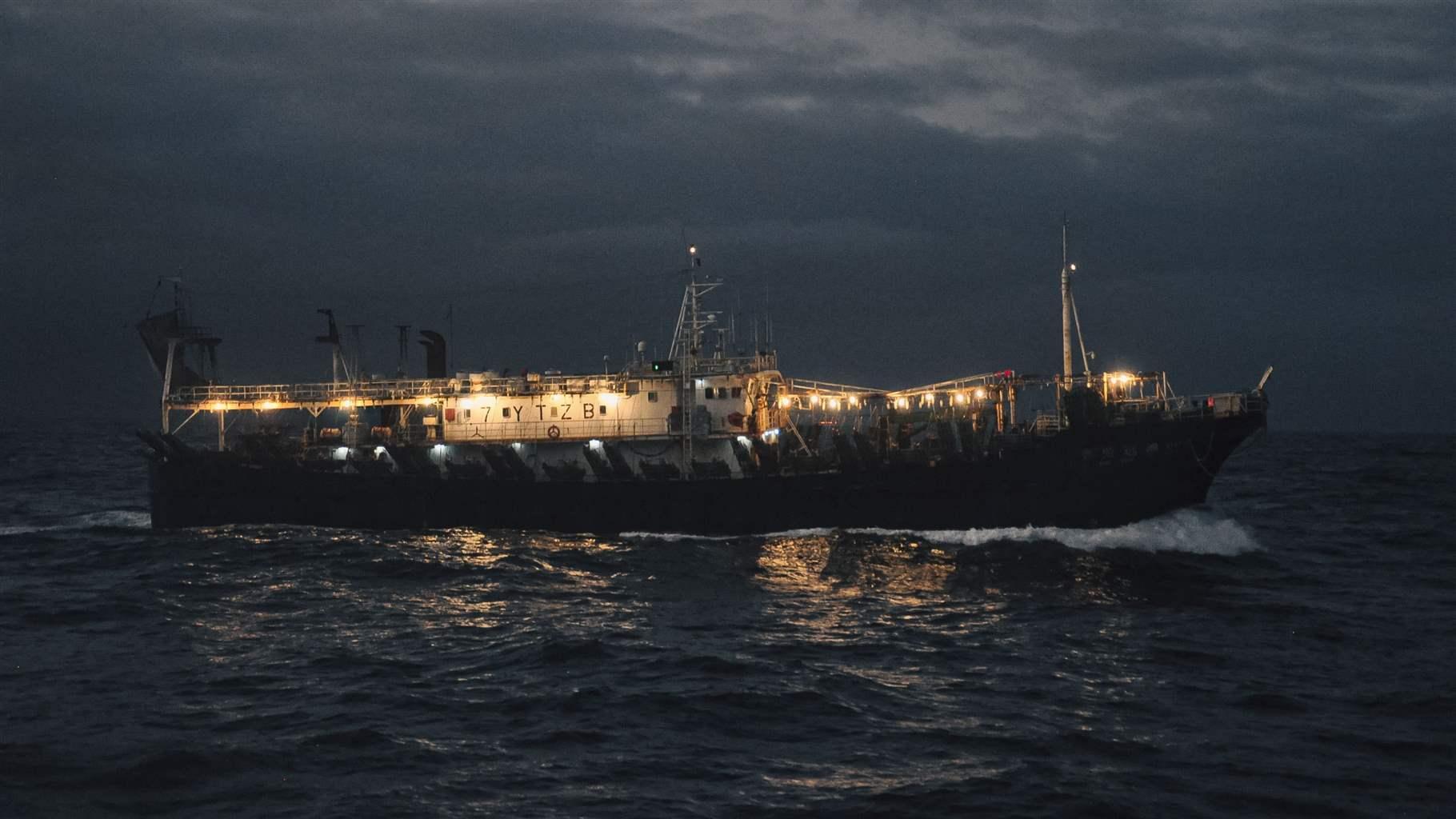



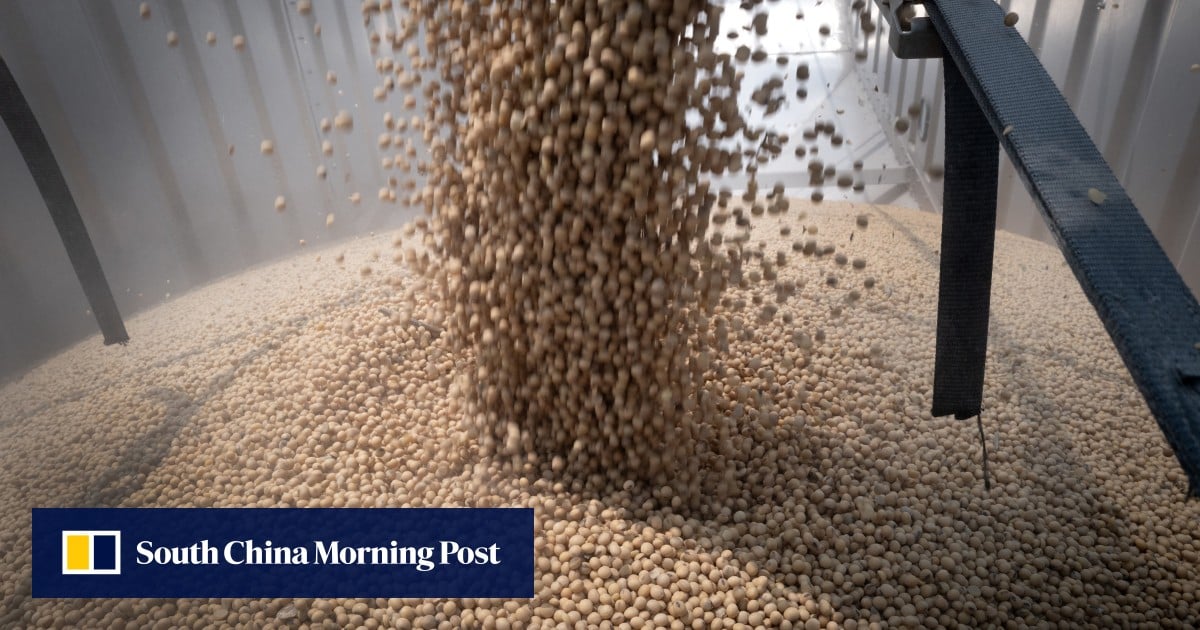
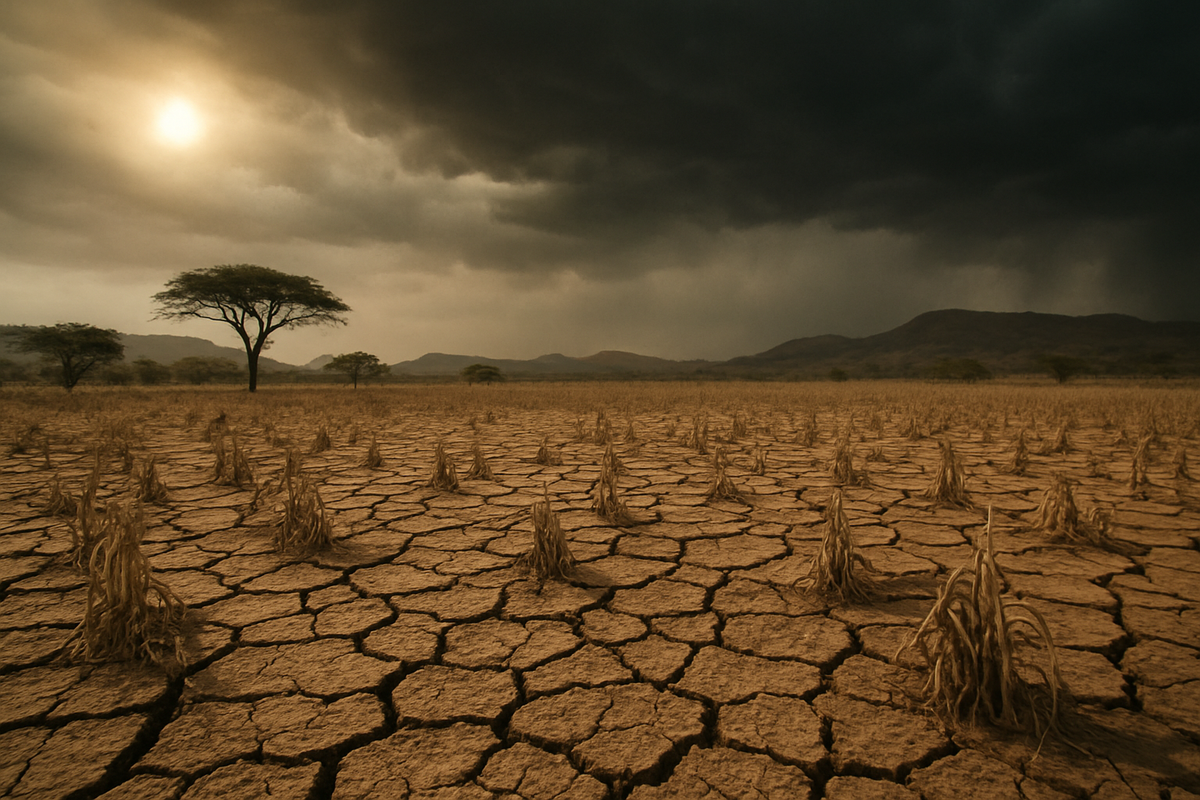
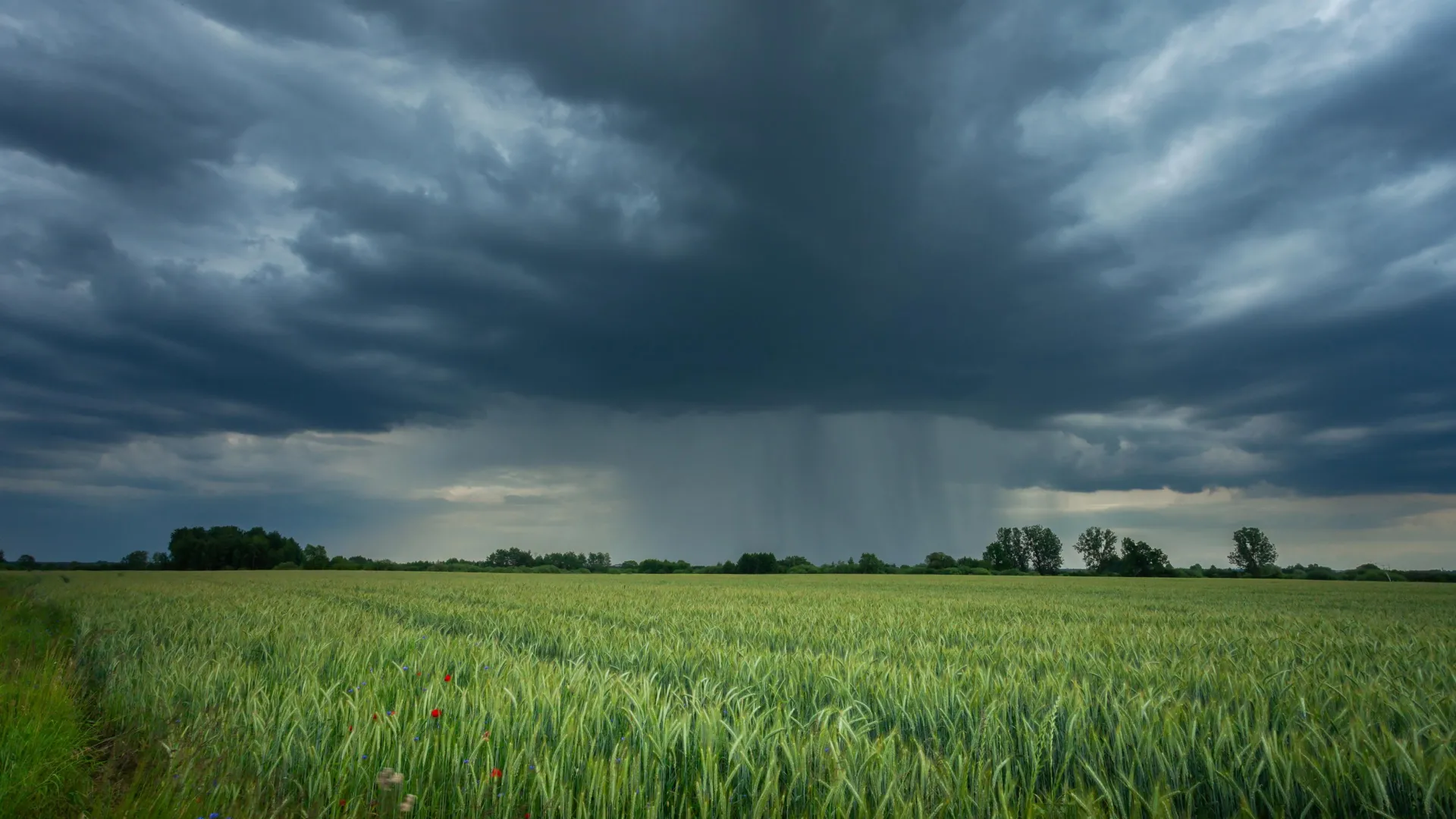

.jpg.webp?itok=0ZsAnae9#)


